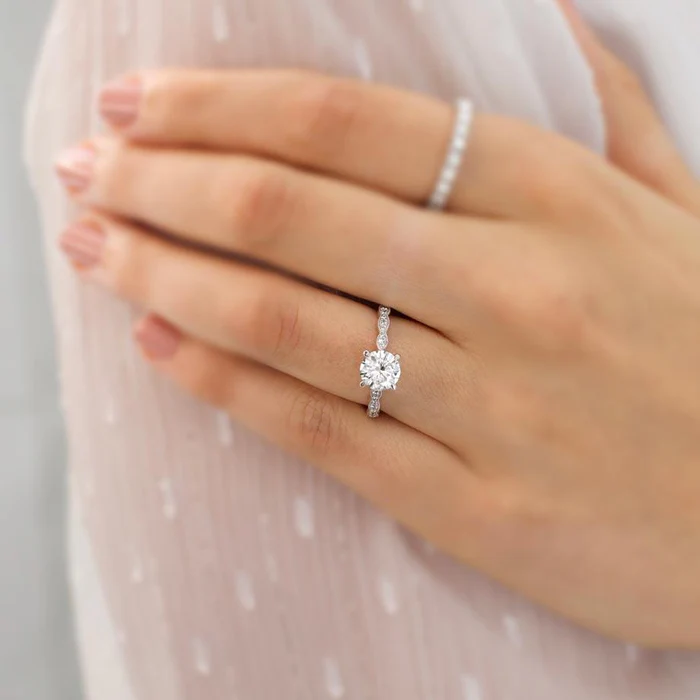History Of Art & Structure
Coursework promotes important thinkinghttps://www.vamvision.com written and oral communication abilitieshttps://www.vamvision.com visual evaluationhttps://www.vamvision.com curatorial studieshttps://www.vamvision.com and independent analysis. Art history and visual tradition poses questions concerning the socialhttps://www.vamvision.com economichttps://www.vamvision.com spiritualhttps://www.vamvision.com philosophical and psychological influences affecting those that eat in addition to those that produce photographs and objects. Broadly speakinghttps://www.vamvision.com this includes how values and beliefs are given materials kind and the way these types themselves could be interpreted. Modern European and American paintinghttps://www.vamvision.com sculpturehttps://www.vamvision.com and structure from 1880 to current; major art actions of modern art history. Undergraduate and graduate students choose their main and minor studio art disciplines from ceramicshttps://www.vamvision.com drawinghttps://www.vamvision.com graphic designhttps://www.vamvision.com intermediahttps://www.vamvision.com jewelry and steel artshttps://www.vamvision.com paintinghttps://www.vamvision.com pictureshttps://www.vamvision.com printmakinghttps://www.vamvision.com sculpturehttps://www.vamvision.com and three-dimensional design. Students are invited to look at critically the history of Black artists exhibiting within American museums.
The Wari are famous for their stone architecture and sculpture accomplishmentshttps://www.vamvision.com but their greatest proficiency was ceramic. The Wari produced magnificent massive ceramicshttps://www.vamvision.com a lot of which depicted images of the Staff God. The historical civilizations of Peru and Bolivia nurtured unique artistic traditionshttps://www.vamvision.com including one of many world’s most aesthetically spectacular fibre art traditionshttps://www.vamvision.com seen on artifacts from clothes to burial shrouds to architectural embellishment. Harnessing the difficult environments …


